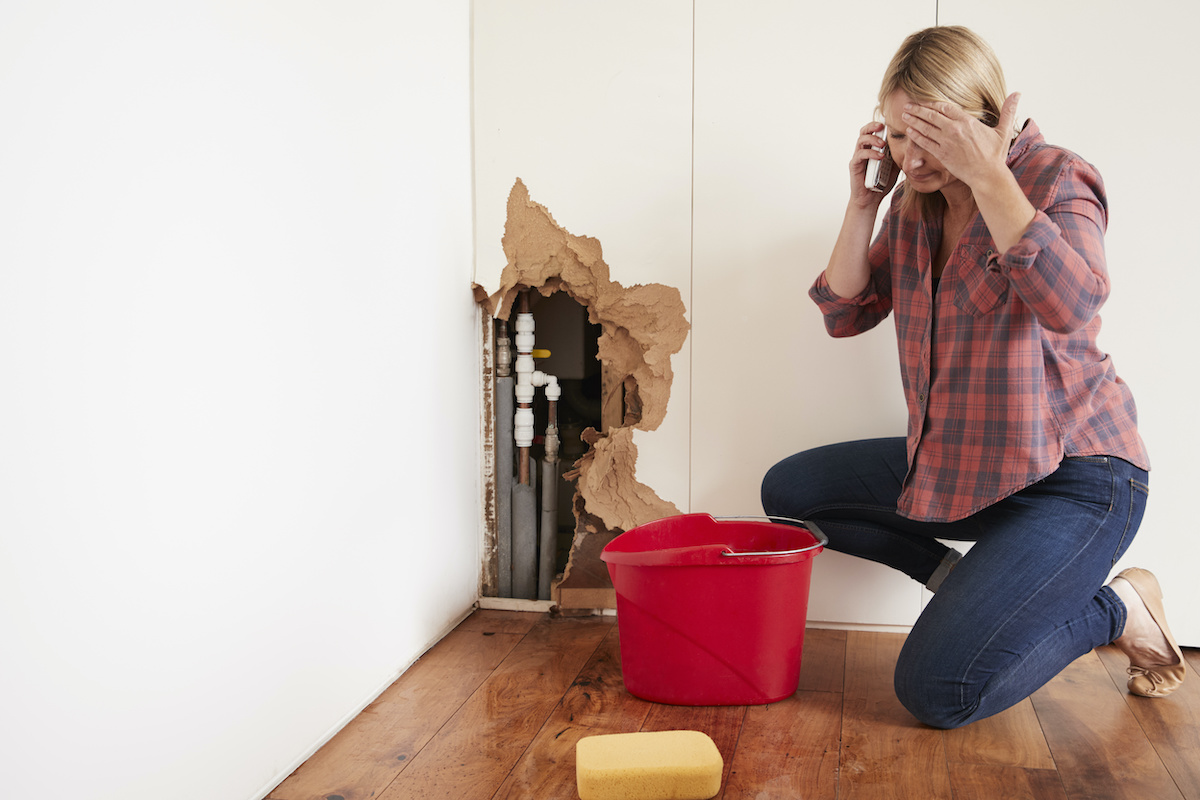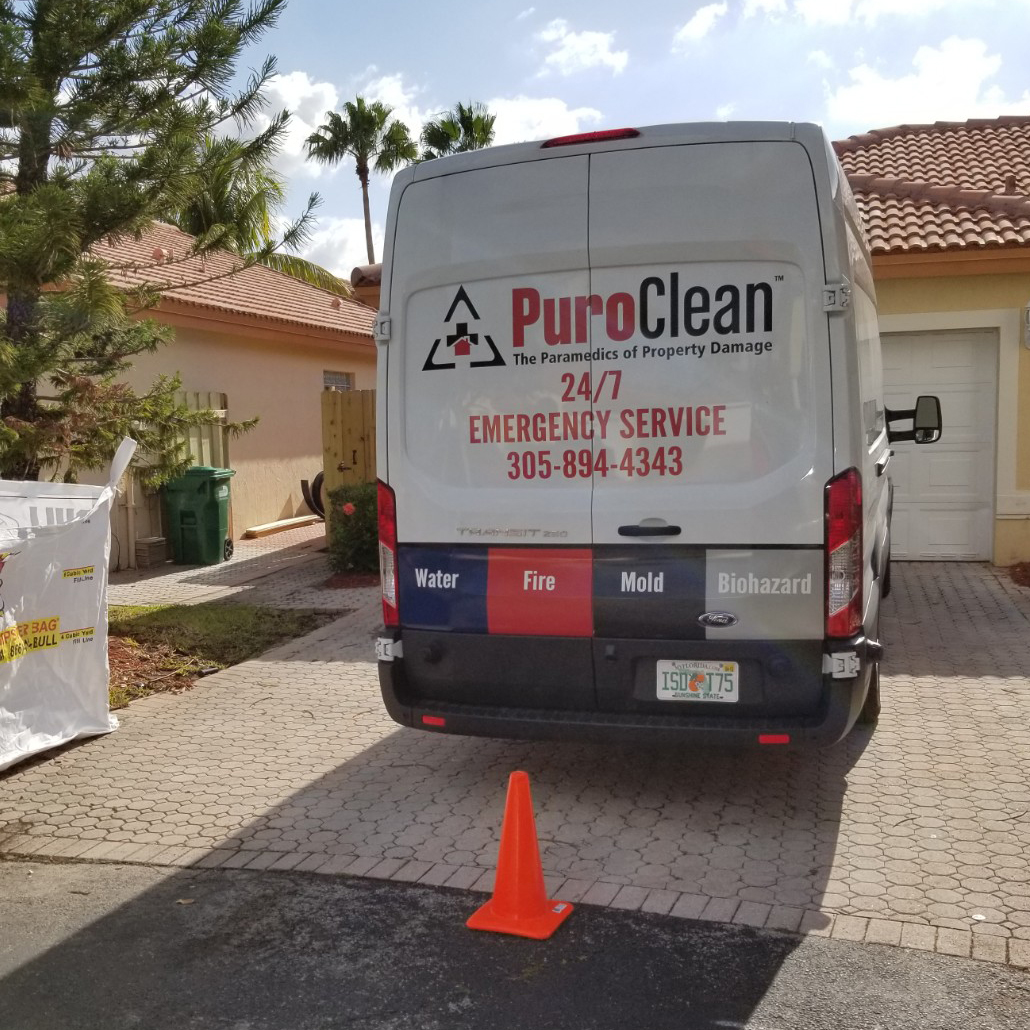Water and Fire Damage can wreak havoc on your home but with timely, informed action, you can protect your family, minimize loss, and restore safely. This guide explains the most common causes, the impact on your property and health, and immediate steps you should take. We walk you through restoration best practices and answer your top questions.
Table of Contents
Water and Fire Damage are among the most destructive events a homeowner can face. Whether caused by a burst pipe or a wildfire, the consequences are often interconnected, compounding structural harm, mold risk, and health threats. In this guide, we’ll walk you through:
- Common causes
- Effects on your home, possessions, and air quality
- Urgent steps to take immediately
- How professionals restore water and fire damage
- FAQs to address your concerns
Let’s get started.
Causes of Water and Fire Damage
- Kitchen or electrical fires, often spread and extinguished with water, leading to combined damage.
- Faulty wiring or overheated circuits, igniting fires and triggering sprinklers or water from hoses.
- Burst pipes or structural leaks, sometimes worsened by fire suppression or firefighting efforts.
- Natural disasters, like hurricanes or wildfires, causing both burn and flood damage.
- Improper maintenance, such as clogged gutters or old electrical systems, increasing vulnerability.
The Effects on Your Home
Structural & Material Damage
Fire can warp beams and char wood; water saturates walls, floors, and contents, weakening drywall, flooring, and framing.
Mold and Health Risks
Within 24–48 hours, lingering moisture after combustion creates a prime environment for mold—posing risks like allergies, respiratory issues, and property degradation. Learn more from the EPA’s guide to mold and moisture.
Poor Indoor Air Quality
Soot, ash, smoke residue, and mold contaminants pollute air quality, leading to long‑term health concerns and lingering odors.
Immediate Steps to Take
- Ensure Safety First
Check structural integrity, shut off utilities, and avoid entering unsafe areas. - Document Everything
Take timestamped photos/videos before cleanup to support insurance claims. - Mitigate Further Damage
If safe, cover openings, remove wet items, and ventilate the space. Avoid DIY removal of hazardous materials. - Contact Your Insurance Provider
Report the incident, understand your coverage (e.g. flood or dwelling limits), and don’t make permanent repairs until an adjuster inspects. Visit Ready.gov for tips on preparing for home fires and insurance needs. - Call a Certified Restoration Team
Professionals use tools like industrial dehumidifiers, HEPA filtration, and antimicrobial treatments—essential for dual fire and water damage cleanup.
How Restoration Pros Handle Water and Fire Damage
1. Safety & Assessment
A professional crew inspects for hazards, evaluates structural integrity, and documents affected areas.
2. Water Extraction & Drying
Using industrial pumps, dehumidifiers (e.g. PuroClean’s QuickDry System™) and moisture meters to restore dryness fast.
3. Soot and Smoke Removal
Certified technicians clean surfaces, remove soot safely, and deodorize the space using HEPA and activated-charcoal filters.
4. Mold Prevention & Remediation
Anti-microbial treatments are applied to prevent mold growth in damp, fire-damaged areas.
5. Reconstruction & Restoration
Once drying and cleaning are complete, reconstruction of walls, flooring, and HVAC systems restores your home to pre-loss condition.
Why Fast Action Makes the Difference
- Structural Strength: Prolonged wetness leads to rot and weakened support.
- Mold Timeline: Mold spores begin growing within 48 hours in damp conditions.
- Airborne Hazards: Smoke residue and soot penetrate deeper over time—making long‑term odor and health issues more likely.
FAQs
Q: Can water damage from fire suppression void my insurance claim?
A: No. Most standard home policies cover sudden water damage from firefighting efforts.
Q: How soon can professionals respond?
A: In Coral Gables, certified teams often arrive within 60 minutes for emergency restoration.
Q: Can my belongings be saved?
A: Many items can be salvaged through pack-out cleaning, drying, deodorizing—depending on severity and material.
Q: How long does full restoration take?
A: Timelines range from days (for dry and deodorize) to weeks (if reconstruction is required). PuroClean of Coral Gables provides a clear timeframe after assessment.
Q: Do professionals check for mold after water and fire damage?
A: Absolutely. Early mold detection and containment is key to quality indoor air and healthy living spaces.
Final Takeaways
Water and Fire Damage can devastate a home, but quick, strategic response protects both your property and your health. Immediate safety checks, documentation, mitigation, insurance communication, and certified restoration are essential steps toward recovery.
Serve with Confidence by PuroClean of Coral Gables
PuroClean of Coral Gables is your trusted local expert in Water and Fire Damage restoration. We deliver:
- Fast 24/7 emergency response
- Advanced tools like PuroClean’s QuickDry System™
- Full-spectrum cleanup: water extraction, soot removal, mold remediation, and reconstruction
- Insurance support and documentation assistance
If you’re facing water and fire damage in Coral Gables or the Miami area, call us now at (305) 894-4343. We’ll bring you relief, restore your home and give you peace of mind.




 PuroClean of Coral Gables
PuroClean of Coral Gables